Eco-Conscious Colour for the Style-Savvy Householder
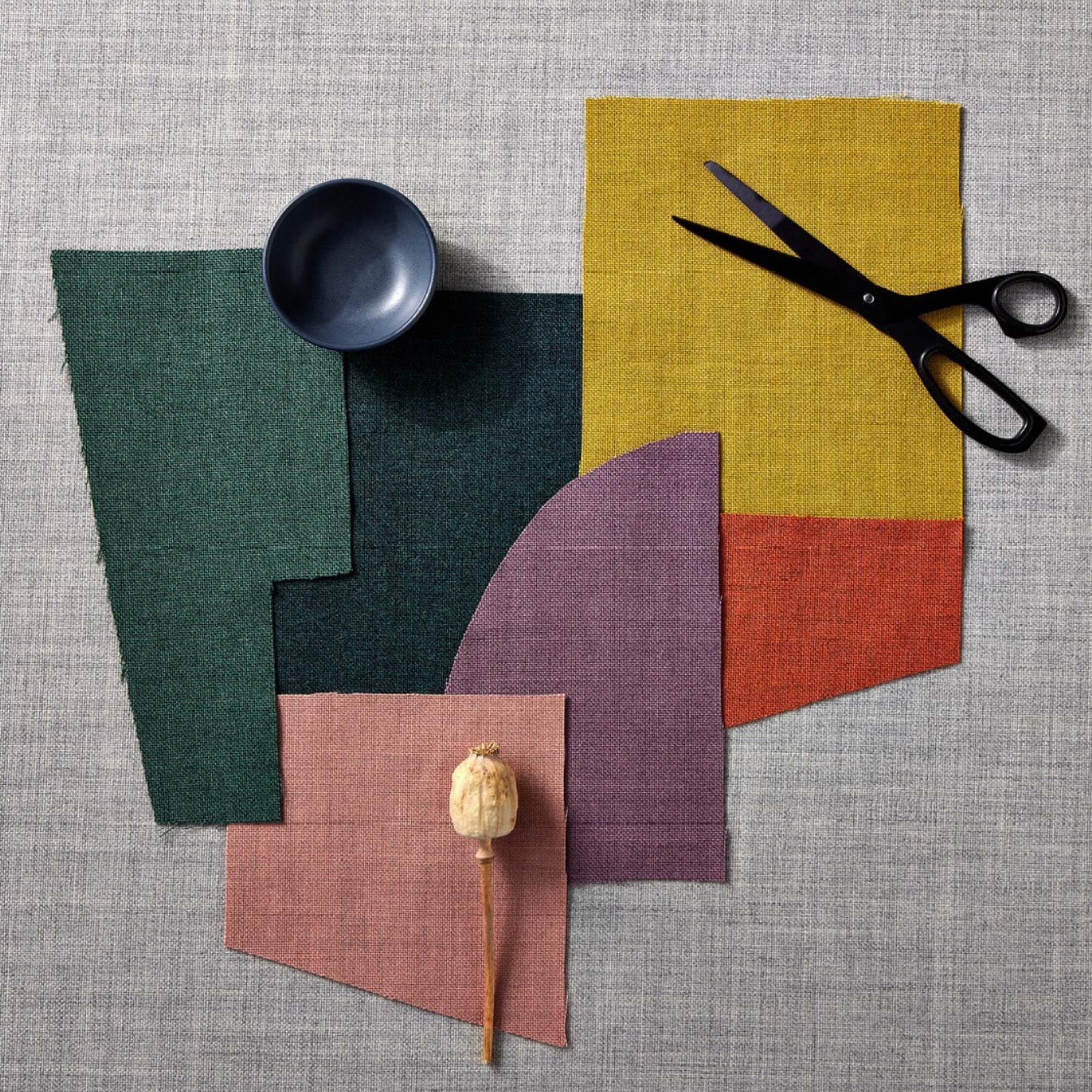 Camira x Sumi
Camira x Sumi Within the home, householders are looking to the future of bio-based and recycled products to take on a much more holistic and joyful approach to sustainability. Brands and designers are replacing ‘predictable’ sustainable colour depictions with more vibrant solutions and bringing a livelier dose of eco-joy into home and interior spaces.
With sustainability leading innovation across the industry, the world of eco-conscious colour looks to natural alternatives to synthetic colour sources that are non-toxic and kinder to the environment, as highlighted in our Autumn Winter 2023/24 Ecopolis trend. In this article, we spotlight the makers, brands and designers who are advocating circular models, biomaterials and waste management for new innovations in colour development and applications.
The Opportunities
Food Waste & Botanicals
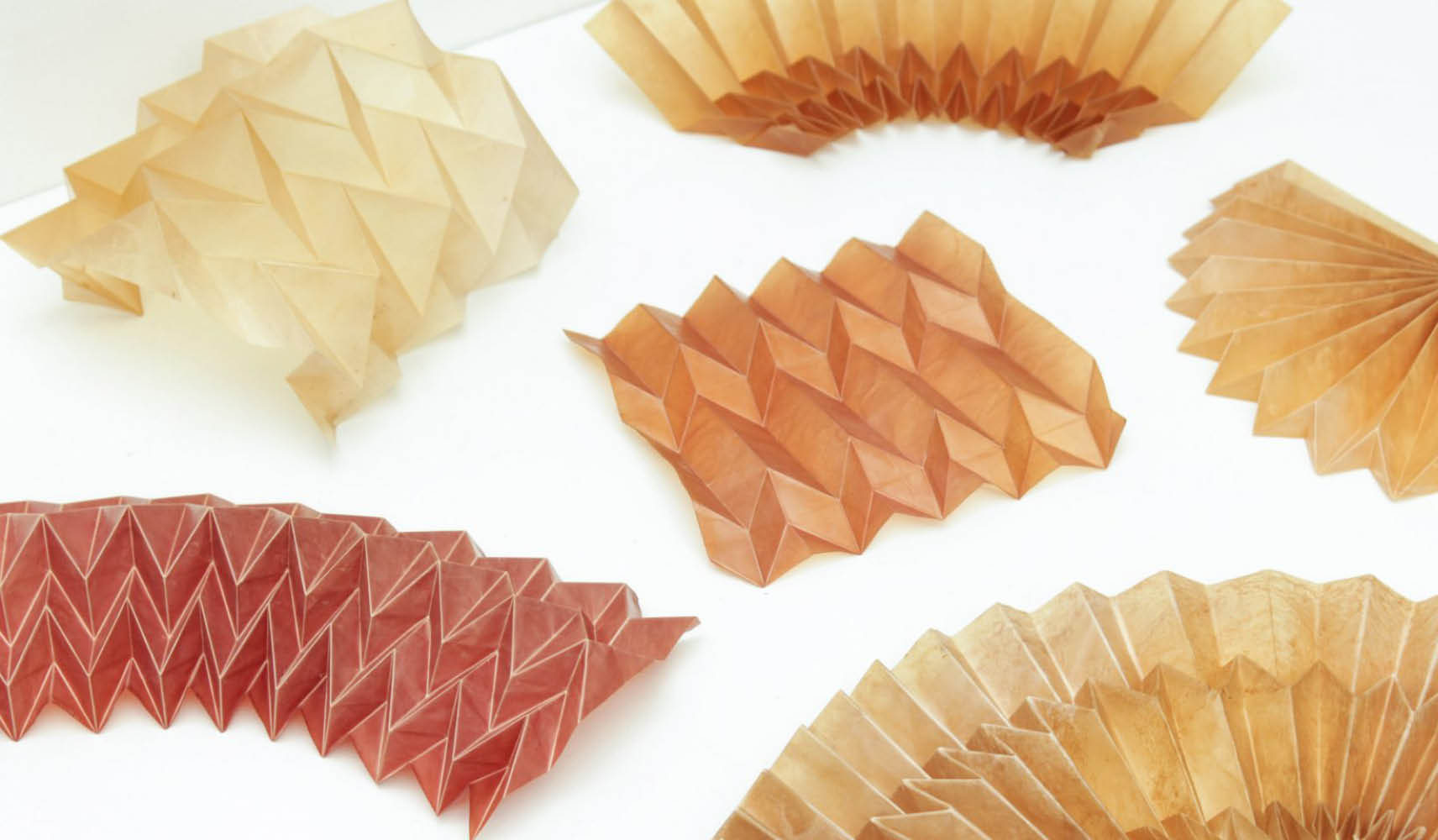
Historically, botanicals, plants, vegetables, fruit and food waste were used to create colour before the introduction of synthetic dyes and colour methods. In line with a shift towards a slower pace of life and a focus on sustainability, there has been a resurgence of interest in these food and botanical dyes due to their non-toxic and natural qualities as well as the soft yet vibrant colour that they give. Food waste and botanical colour also align with anti-waste movements, as there is an opportunity to celebrate the beauty of waste, and use waste products to create something.
Industrial Waste
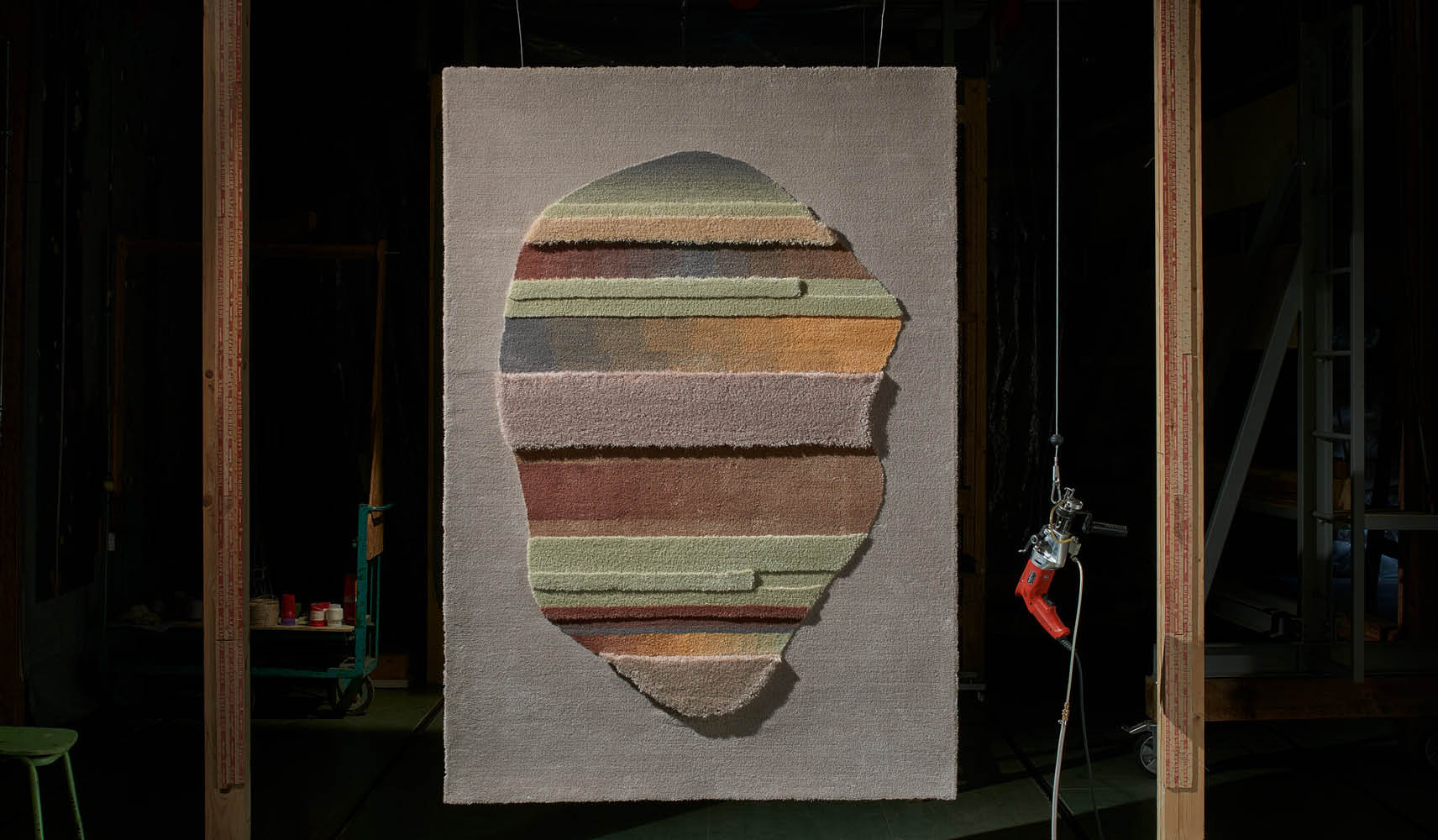
Anti-waste initiatives also see industrial metal waste turned into powdered dyes, which can be used to colour porcelain tableware and ceramic tiles. Industries such as soil remediation and drinking water produce large amounts of metal waste. New innovations see this waste used to create pigments, rather than relying on industrially produced pigments from the same metals. Iron is a key metal for this colour source, due to its versatility in shade range and non-toxic quality. Iron can also be used as a mordant or fixator for colour in textiles.
Eco Saturation
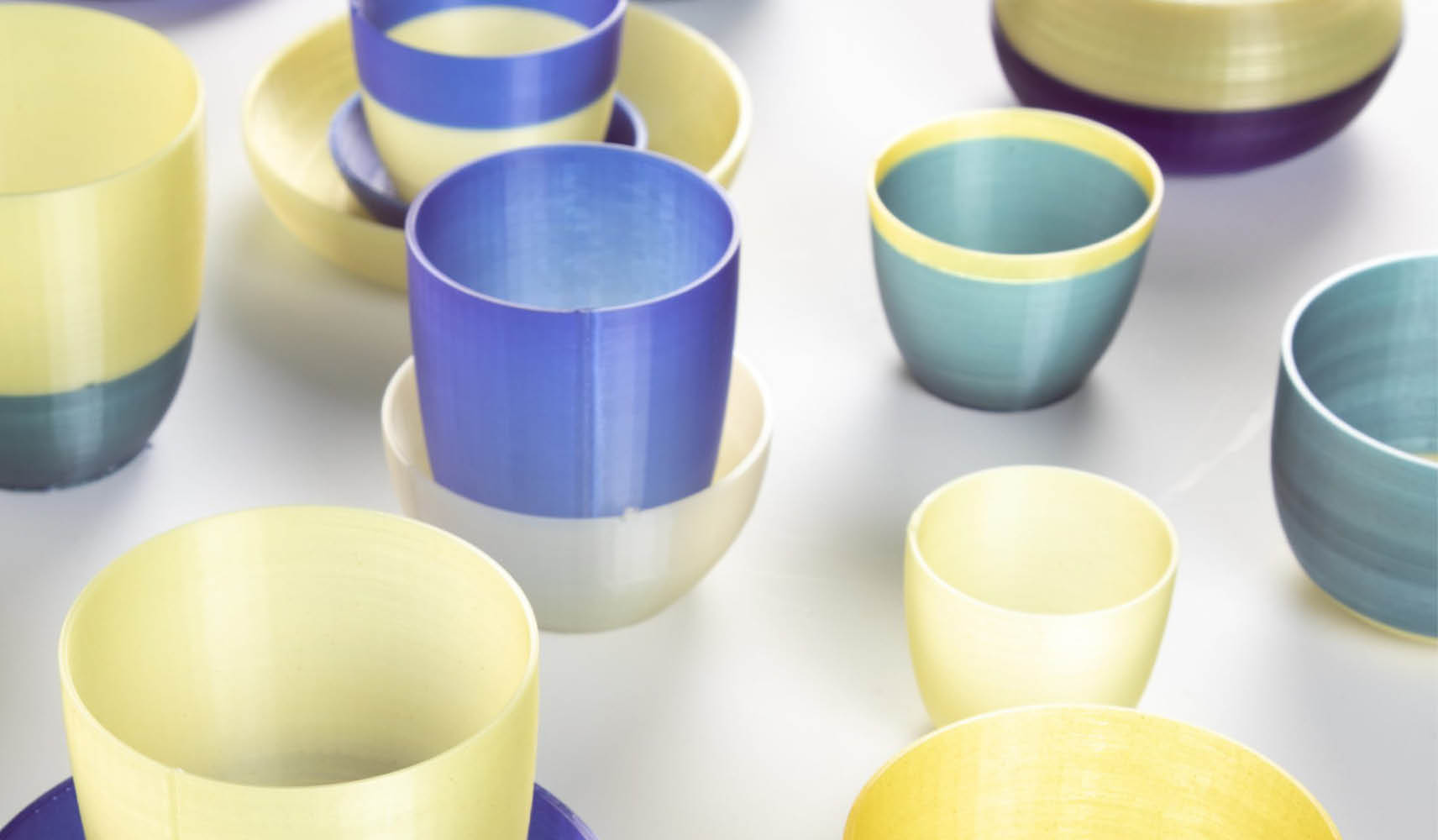
Celebrating a sense of eco-joy, brands and designers are creating new and exciting eco-conscious colour and materials that are saturated and bright, without the harsh environmental impact. One to have on your radar is Covestro, which is championing MOCA-free polyurethane elastomers. Another influential figure is Eline Ten Busschen who, through her graduate project Surplus, used transparent bio-based PLA that can be naturally dyed with indigo and turmeric to create vibrant blues and yellows 3D printed designs.
Commercial Applications
Moisés Hernández

Mexican artist and colour designer Moisés Hernández is leading innovation with his technique to add vibrant colour to wood. Hernández has created a pigment made from dried and pulverised cochineal bugs, a technique that was used to dye fabrics in Mexico for thousands of years. This technique has been adapted for use on furniture, experimenting with different water temperatures and using acidic or alkaline additives to create different colours, ranging from bright red and orange to purple and pink.
Camira Fabrics
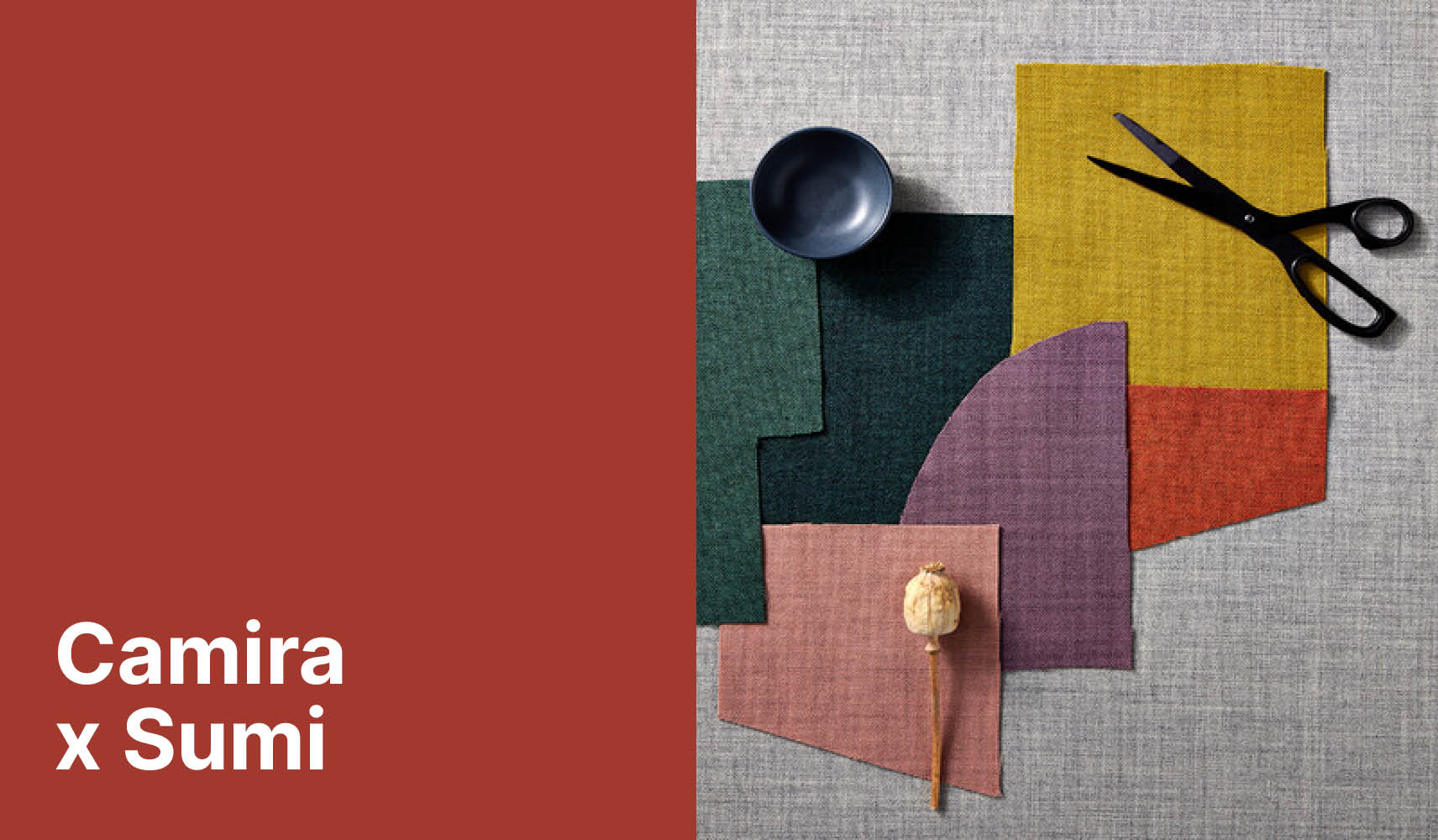
Camira Fabrics’ Sumi range refers to the ancient Japanese painting technique of the same name. The colours of the collection have been developed to evoke the pigment found in plants and minerals with natural shades such as eucalyptus green, indigo blue, saffron yellow and madder red – demonstrating a vibrant and sustainable commercial application.
Planning ahead for your 2024 colour strategy? As an Essentials or Premium member of My TrendBible, you’ll get an early preview of our 2024/25 trends and colour forecasts. Browse our trend subscription plans for more information.